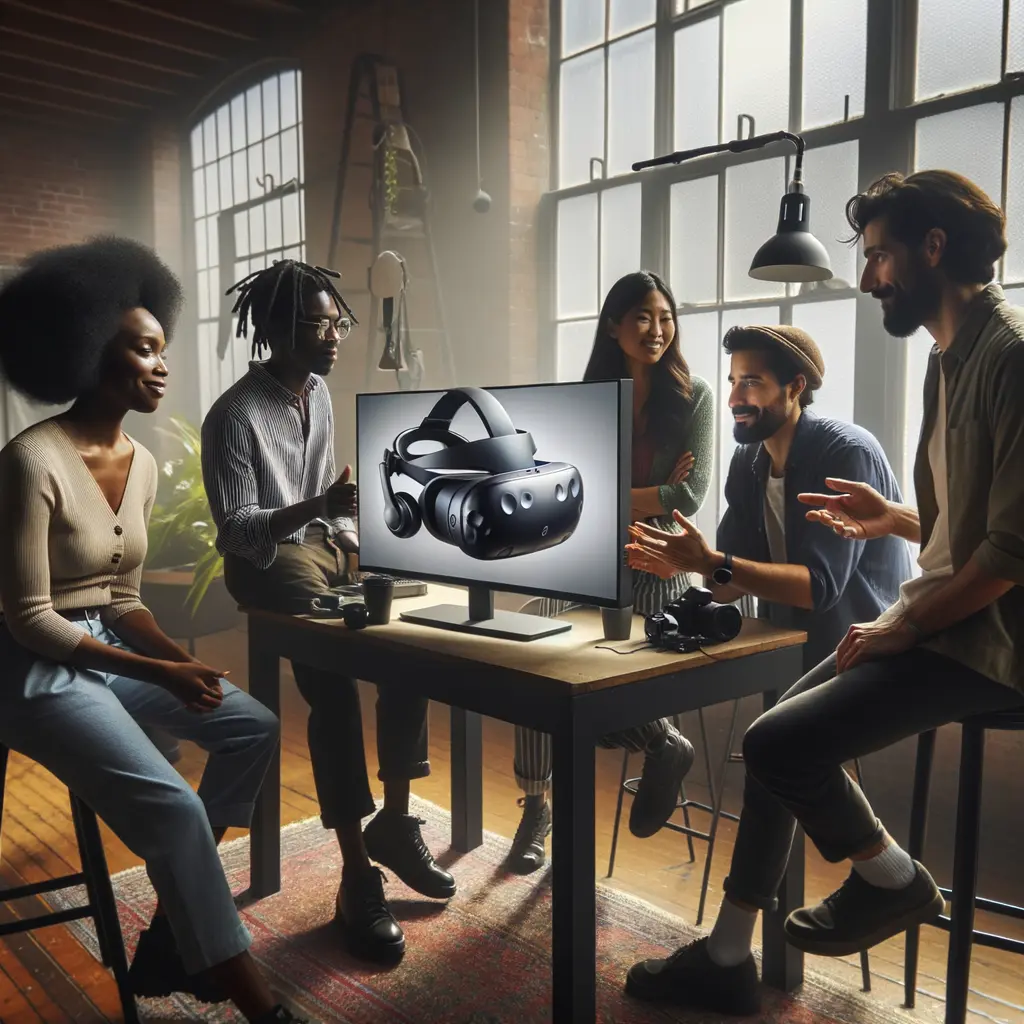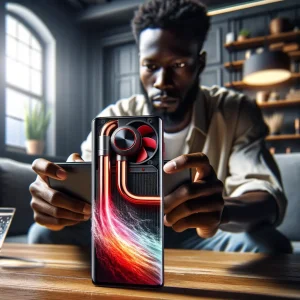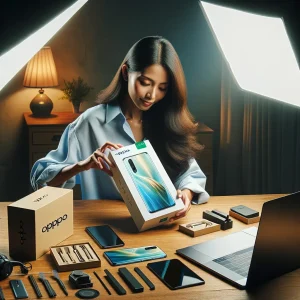Apple Vision Pro 2: 2025 Release Roadmap Revealed
After months of speculation, credible leaks from renowned analyst Ming-Chi Kuo have confirmed that the Apple Vision Pro 2 is on course for a late-2025 debut. The announcement will reportedly follow Apple’s usual September hardware keynote, with a dedicated event focused on spatial computing. That timing aligns perfectly with Apple’s strategy of giving its most forward-looking products—think Apple Silicon Macs and, more recently, Apple Intelligence—space to shine.
So what does this mean for early adopters and fence-sitters alike? First, the Vision Pro 2 release date finally gives developers a concrete window to optimize their apps. Second, it suggests Apple is confident that the next-gen headset’s supply chain—micro-OLED panels, precision lenses, and custom silicon—has reached the scale needed for a broader rollout outside the U.S.
Even more intriguing is the broader roadmap Apple quietly telegraphed. Alongside Apple Vision Pro 2, the company is laying the groundwork for lighter, cheaper products such as Apple Vision Air and even Apple smart glasses. Together, these devices point to a multi-tier ecosystem reminiscent of iPhone, iPhone SE, and Apple Watch Ultra. In short, Apple’s spatial future no longer feels experimental; it’s becoming a full-blown product line poised to compete head-to-head with every major Apple VR headset rival. Expect further details at WWDC 2025, where software frameworks like visionOS 3 will likely be unveiled.
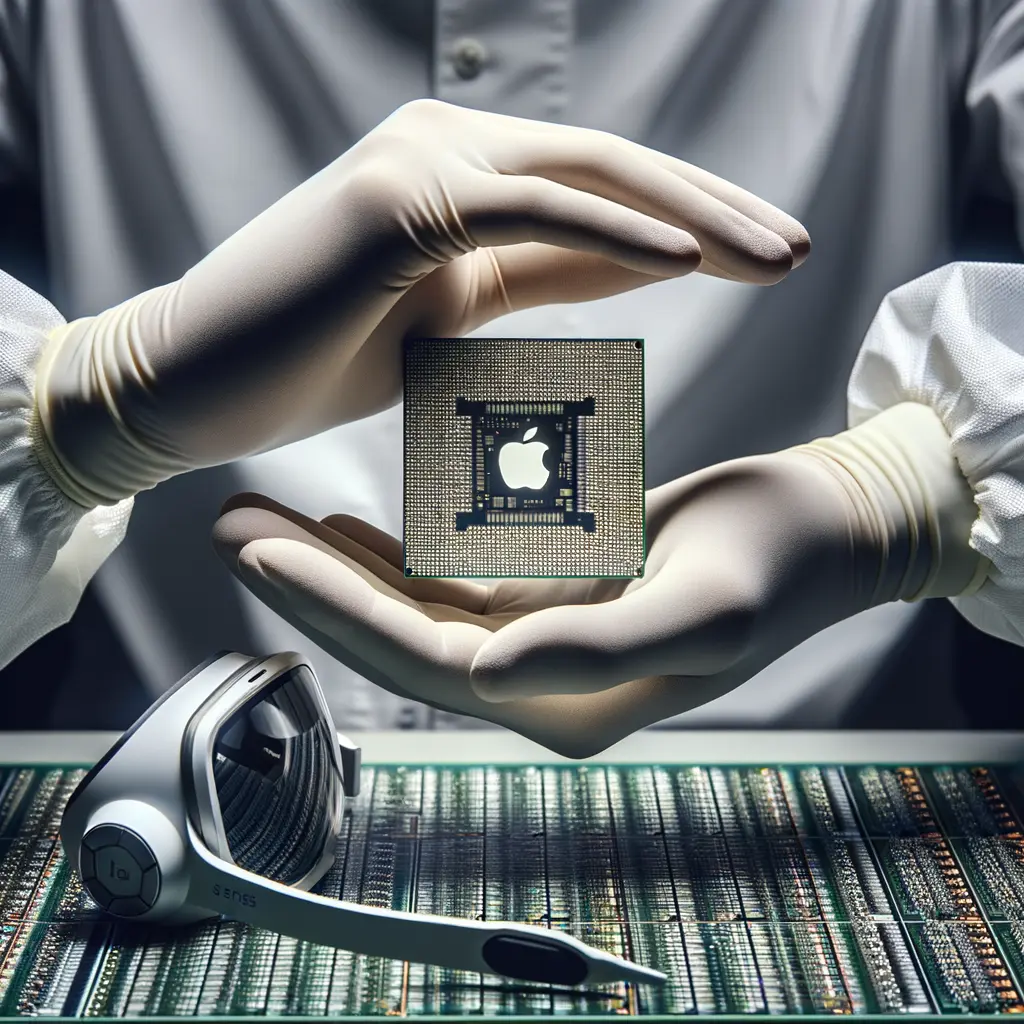
M5 Chip Upgrade: What the Vision Pro 2 Performance Leap Means
Under the hood, Apple Vision Pro 2 will trade its current M2 chip for a brand-new M5, bringing laptop-class horsepower to the headset. Leaked internal specs point to a 10-core CPU (six efficiency cores, four performance cores) and a GPU jump from 10 to 12 cores. Early silicon samples clock a 50-to-60 percent gain in raw compute over the original Apple VR headset, with comparable jumps in Metal graphics throughput.
Why does that matter in day-to-day use? First, higher headroom allows more realistic real-time rendering—think dynamic shadows in immersive games or photorealistic textures in productivity apps like Final Cut Pro for visionOS. Second, the M5’s second-generation Neural Engine is purpose-built for on-device Apple Intelligence tasks, from context-aware Siri queries to real-time object recognition during remote surgery simulations.
Battery life also benefits. Thanks to the 3-nanometer process, power efficiency improves by roughly 20 percent, translating to up to four hours on the standard tethered pack or nearly an hour more than the first-gen model. For enterprise users who rely on the headset for extended design reviews, the added runtime is invaluable.
Finally, developers gain access to advanced GPU mesh shading and hardware-accelerated ray tracing. Those features should close the visual gap with desktop VR rigs, while the headset remains completely untethered—a key differentiator slated to help Apple Vision Pro 2 win over serious creators.
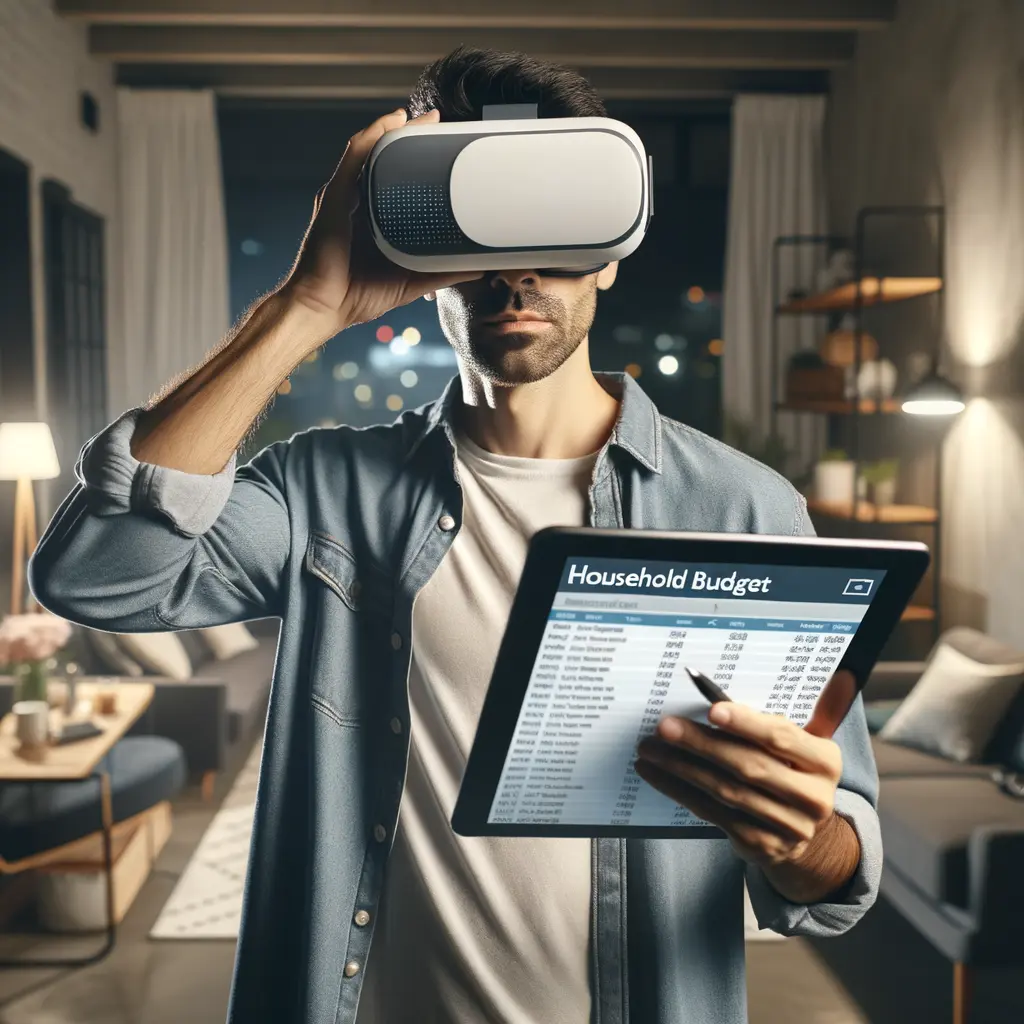
Price vs. Value: Can Apple Vision Pro 2 Win Consumers?
The elephant in the room is still the price tag. Multiple supply-chain sources suggest Apple will keep the Apple Vision Pro 2 starting price steady at USD 3,499, identical to the launch MSRP of the first generation. While that figure remains steep, Apple is betting that increased performance, a maturing app ecosystem, and the growing familiarity of spatial computing will help justify the cost.
From a consumer-value standpoint, two improvements stand out. First, Apple is bundling a second-generation battery pack with a higher-capacity cell but identical weight, effectively giving buyers the most requested upgrade at no extra charge. Second, AppleCare+ pricing is rumored to drop by 15 percent, lowering the total cost of ownership over three years.
Still, mainstream adoption may hinge on how Apple positions the headset against traditional PCs. Expect Apple’s marketing to showcase real-world workflows—video editing, remote CAD collaboration, or immersive fitness apps—where the Vision Pro 2 release date aligns with third-party accessory launches like Logitech’s spatial keyboard and Belkin’s MagSafe battery holster.
Readers interested in a lower-cost entry point should keep an eye on our breakdown of Vision Air, Apple’s rumored sub-$1,500 headset, as well as our guide to refurbished first-gen units. Both articles will be updated once Apple finalizes its fall lineup.
Beyond the Headset: Vision Air and Apple Smart Glasses on the Horizon
Apple’s 2025 launch is just the opening act. The leaked roadmap shows no new head-mounted devices arriving in 2026, but 2027 is shaping up to be pivotal. That year, insiders expect Apple Vision Air—essentially a lighter, less feature-rich sibling—to hit shelves for well under USD 1,500. Cost savings come from a lower-resolution micro-OLED display, the omission of the outward-facing eye screen, and potentially an A-series chip rather than an M-series. Even so, the headset will mirror the Apple VR headset design language and run the same visionOS ecosystem, ensuring app compatibility.
Equally exciting are Apple smart glasses, slated for an early-2027 reveal and positioned to compete with Meta’s Ray-Ban Stories. Rather than immersing you in a 3D environment, these glasses will serve as an always-on, Siri-powered assistant. Think discreet voice commands, quick photo capture, and context-aware notifications projected in your ear via bone-conduction audio. For spatial awareness, a LiDAR sensor and dual 8-MP cameras will offer basic AR cues. Processing will off-load to your iPhone over ultra-wideband, keeping frames light and battery life high.
If you’ve read our explainer on Apple’s Ultra Wideband chips, you know how tight integration between devices can be a game changer. Similar synergy is expected here, allowing seamless handoff between Apple Vision Air, Apple Vision Pro 2, and your everyday glasses.
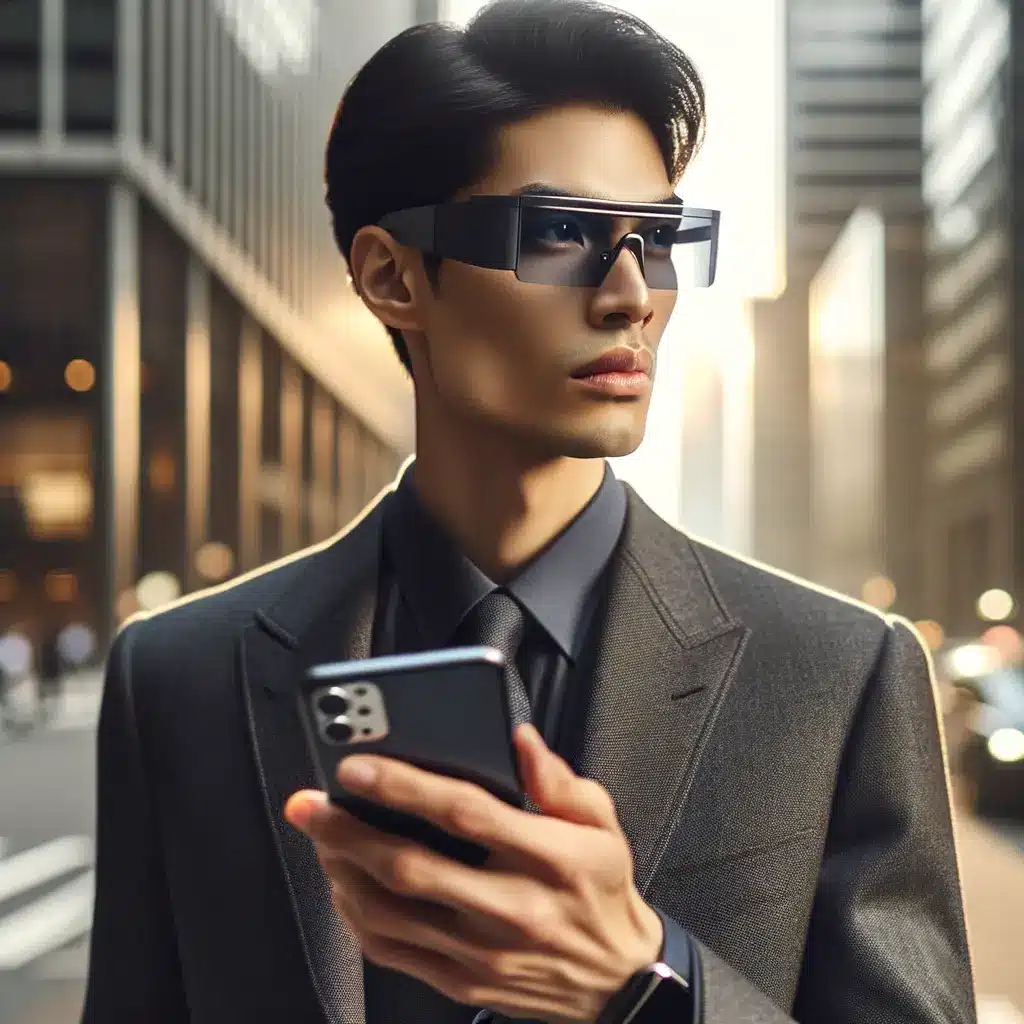
Apple Intelligence Integration and the Future of Spatial Computing
Any discussion about Apple Vision Pro 2 would be incomplete without addressing Apple Intelligence. The fully fledged AI suite—originally pitched for early 2025—is now tracking for a 2026 public rollout. That delay means the initial Vision Pro 2 experience will rely on existing on-device Siri upgrades, but a software update should unleash the full power of large-language models.
What will that look like in practice? Imagine dictating a Keynote presentation in mid-air while Apple Intelligence drafts slide layouts in real time, or collaborating with colleagues as AI auto-translates speech into floating subtitles. Medical institutions could leverage multimodal analysis, allowing surgeons to ask “highlight the femoral artery” and see it glow instantly in the 3D model.
Developers are already preparing. Unity is adding generative asset pipelines, while Adobe has teased Firefly integration for instant 360-degree environment creation. These updates dovetail with Apple’s new Private Cloud Compute, ensuring user data stays secure—a major enterprise selling point.
If you missed our recent overview of Apple’s Secure Enclave advancements, give it a read to understand why Vision Pro 2 will remain compliant with strict healthcare and financial regulations out of the box.

Should You Wait for Apple Vision Pro 2 or Buy Now? Final Thoughts
With the Apple Vision Pro 2 release date locked for late 2025, potential buyers now face a classic tech dilemma: purchase the current model or hold out. If you’re an enterprise customer needing immediate productivity gains—architects, medical trainers, filmmakers—the first-gen Apple VR headset still offers unmatched display fidelity and precise hand-tracking today. Apple has promised at least five years of software support, so your investment is safe.
For enthusiasts who crave the best performance, however, the M5 chipset, longer battery life, and promised Apple Intelligence features make waiting the smarter play. The incremental cost of sticking with your existing laptop-and-monitor setup for 12 more months could translate into a far better spatial-computing experience.
Meanwhile, budget-minded users may prefer to skip straight to Apple Vision Air or explore refurbished first-gen units that should drop below USD 2,000 once Vision Pro 2 hits the market.
Either way, the takeaway is clear: Apple Vision Pro 2 is not just an iteration but the keystone for a broader family of spatial devices, from Apple smart glasses to future XR wearables. Keep following our coverage for head-to-head benchmarks, accessory roundups, and hands-on impressions as soon as Apple lifts the veil.
